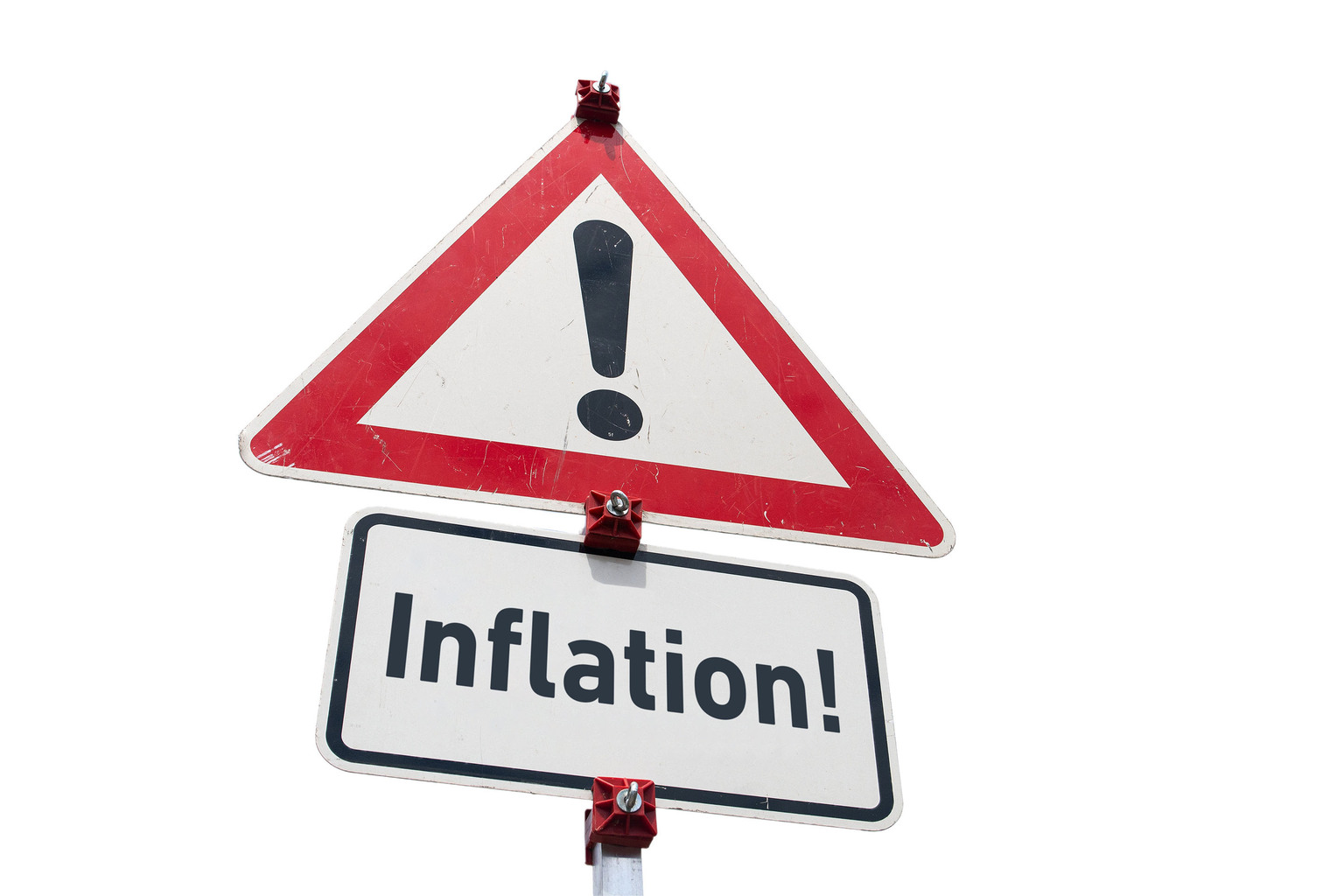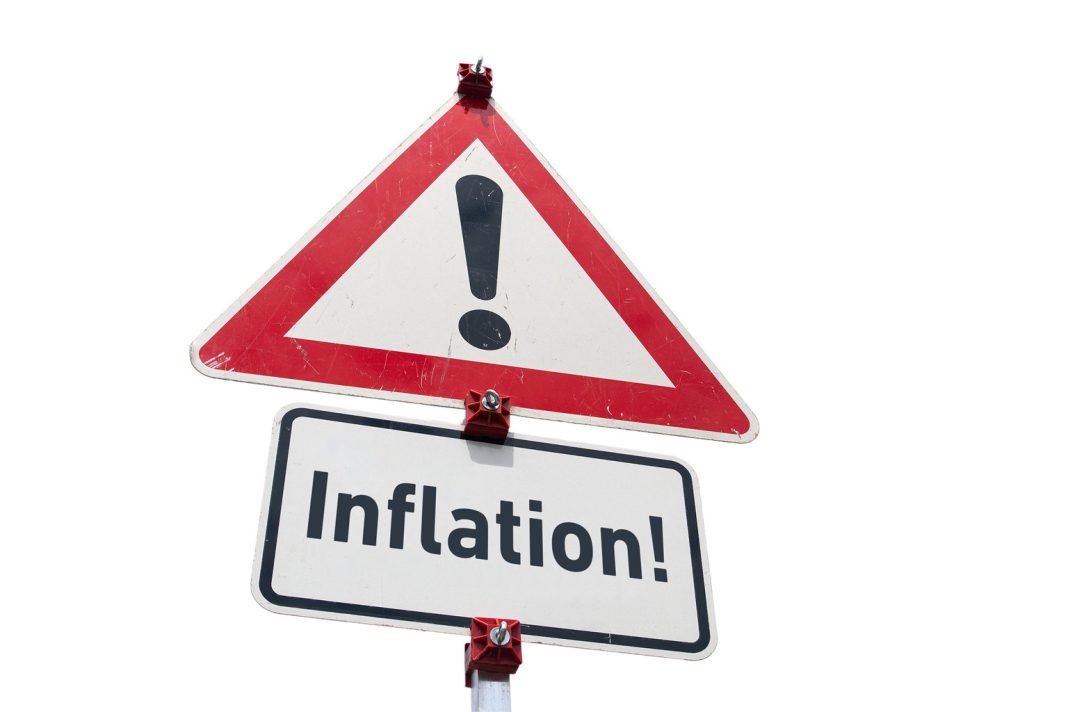 Title: Unraveling Market Volatility: Insights and Analysis
Title: Unraveling Market Volatility: Insights and Analysis
Introduction:
Every year, traders go on vacation in August, leading to increased market volatility. Algorithmic program traders and air pockets in the market create a cycle of “down, up, down” until trading volume is exhausted or more traders return after Labor Day. The collapse in Treasury yields calls for a 1% cut by the Fed. However, waiting until September 18th may be too late, as other central banks have likely already cut rates. With rising unemployment and declining inflation, the Fed needs to act before their Jackson Hole meeting in late August.
The Impact of the Japanese Carry Trade:
Recent market volatility is often attributed to domestic politics or economic statistics, but the Japanese carry trade plays a significant role. Investors sell the Japanese yen to benefit from the U.S. dollar’s appreciation, as it offers higher yields than the near-zero interest rates in Japan. However, as U.S. recession fears grow, Treasury yields collapse, causing temporary unwinding of the carry trade. This led to the Nikkei 225 Tokyo stock index experiencing a significant drop followed by a substantial resurgence.
Market News and Analysis:
1. Earnings Growth Impresses:
With over 90% of the stocks in the S&P 500 reporting their second-quarter earnings, growth averages an impressive 10.9%. Nvidia’s upcoming earnings announcement on August 28th adds anticipation to the market.
2. GDP Growth and the Presidential Election Cycle:
Despite a struggling manufacturing sector, the service sector and booming energy exports continue to fuel U.S. GDP growth. The Atlanta Fed predicts a 2.9% annual GDP growth for the third quarter. As the Presidential election cycle gains momentum, consumer confidence is expected to rise with promises from candidates. The upcoming September 10th debate is shaping up to be significant.
3. China’s Economic Woes and Germany’s Export Market:
Mounting evidence suggests China’s economic troubles are impacting Germany, as China is its largest export market for vehicles. The ZEW Indicator of Economic Sentiment reflects this concern, as it plunged to 19.2 in August. Analysts’ economic expectations for the next six months are substantially below consensus estimates of 29. Flooding and hindered manufacturing operations have further contributed to the decline.
4. Jackson Hole Meeting and Interest Rate Cuts:
Central bankers from around the world are set to meet at the Kansas City Fed’s annual conference in Jackson Hole. Speculation suggests that key interest rate cuts will be signaled, benefiting export nations like Germany. The ideal outcome would be if central banks also indicate progress in defeating inflation.
5. Inflation Trends:
The Producer Price Index (PPI) rose 0.1% in July, falling below economists’ consensus estimate of 0.2%. Wholesale service costs declined, while wholesale goods prices increased, mainly due to rising gasoline prices. The CPI is also expected to be favorable, with focus on shelter costs and owners’ equivalent rent. Home prices are being cut, potentially softening owners’ equivalent rent.
6. Energy Price Concerns:
Energy prices pose a potential inflation glitch, particularly due to geopolitical tensions. Concerns revolve around Russia’s declining crude oil exports and conflicts with Ukraine. Recent events, such as Ukraine crossing into Russian territory and disrupting supply lines, have heightened tensions. However, the impact on crude oil prices remains uncertain.
Conclusion:
As we navigate the dog days of summer, trading volume is expected to remain weak. Positive developments include the upward movement of small capitalization stocks and Eli Lilly emerging as the new market leader in weight loss drugs. While market volatility persists, understanding the various factors at play can help investors make more informed decisions.


